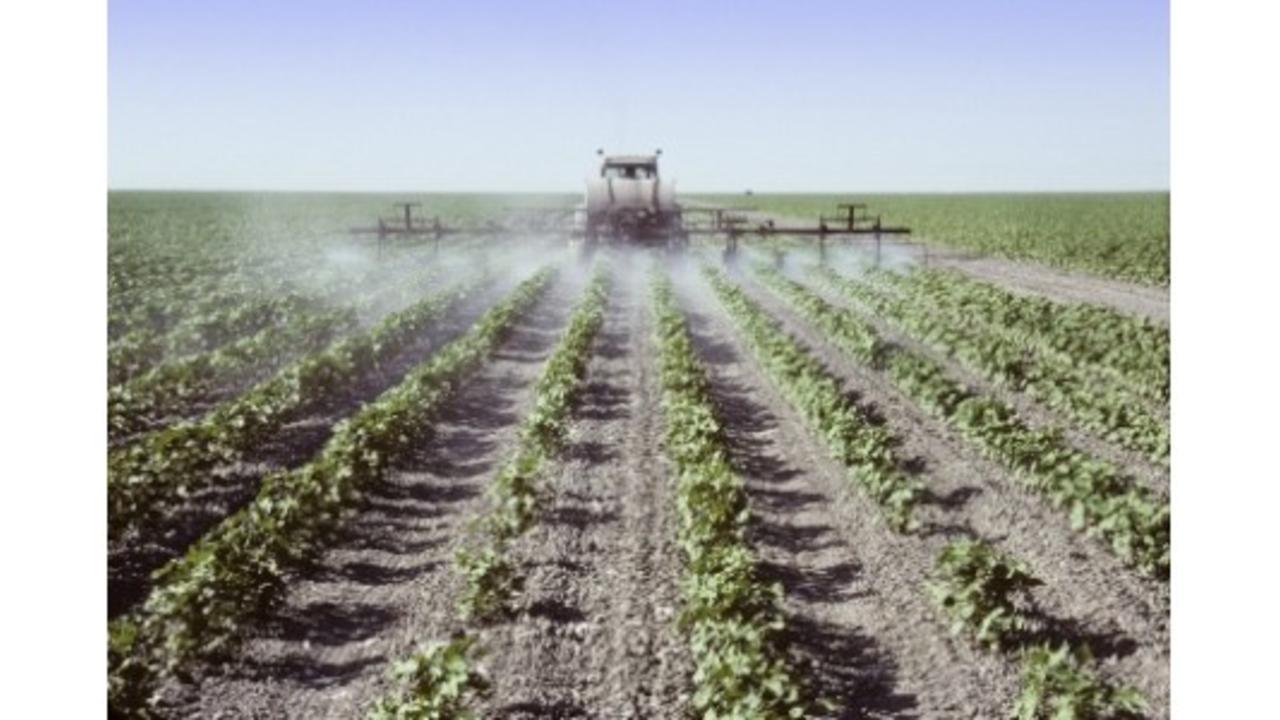Toxicity of Monsanto's Roundup: Beyond Glyphosate

There are many shortcomings of modern toxicology research. In the realm of persistent and bioaccumulative pesticides and herbicides, testing only the active ingredient or "AP" may leave manufacturers falsely reassured. Toxicant synergy has exploded the simplistic notion of "the dose makes the poison" and a critical paper in Biomed Research International entitled Major Pesticides Are More Toxic to Human Cells Than Their Declared Active Principles aimed to address flawed assumptions around pesticide and herbicide toxicity.
Similar to the non-placebo-controlled trials on vaccines, adjuvants and preservatives are seen as irrelevant bystanders in the consideration of risk profile.
These researchers investigated 3 herbicides, 3 fungicides, and 3 insecticides.
- Mitochondrial succinate dehydrogenase was assessed at a range of dosages after 24 hours of exposure to embryonic, placental, and hepatic cell lines.
- They found all but one formulation (without any declared adjuvant) was more toxic than its active ingredient alone.
- Fungicides and Monsanto's Roundup were the most toxic. This echoes the group's previous research demonstrating that adjuvants in Roundup were 10,000 times more toxic than glyphosate alone which has amply been demonstrated as toxic itself, and that toxicity effects amplify up to 5x in 72 hours.
- They state: "Even if all these factors were known and taken into account in the regulatory process, this would not exclude an endocrine-disrupting effect below the toxicity threshold. The chronic tests of pesticides may not reflect relevant environmental exposures if only one ingredient is tested alone."
Until biodynamic farming takes more pervasive hold, avoid these unstudied chemicals by focusing on organic produce, pastured animal foods, and non-GMO labeled products.
Want to continue reading?
Enter your details below to read more and receive updates via email.









